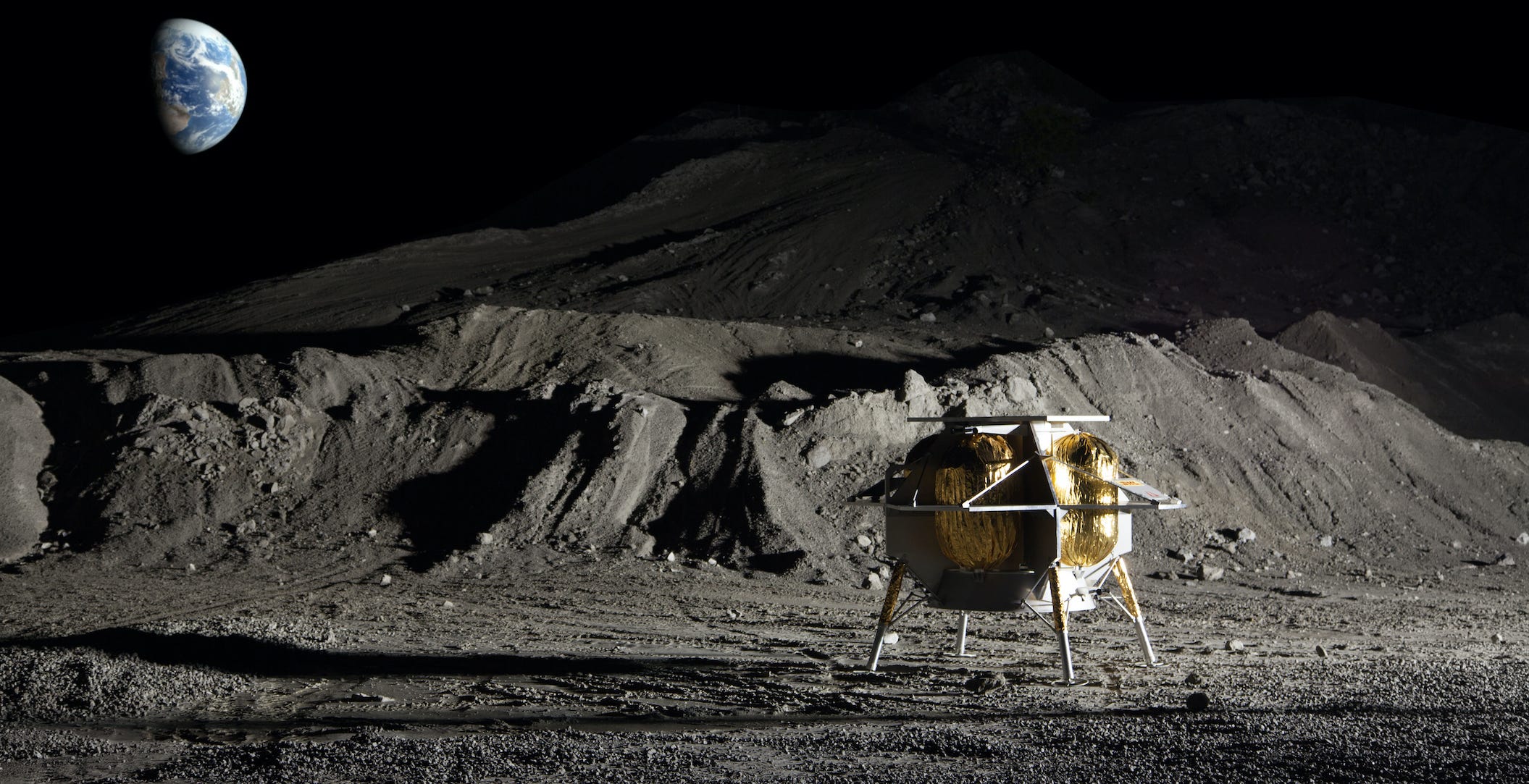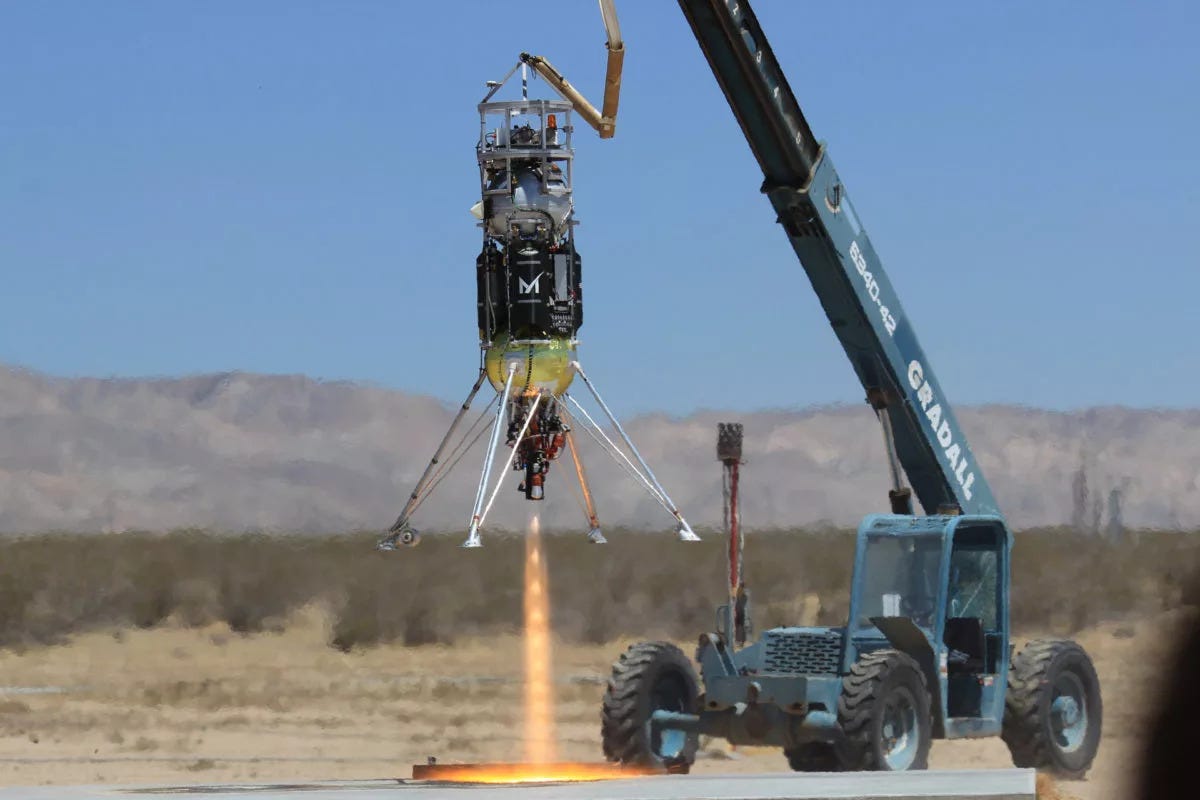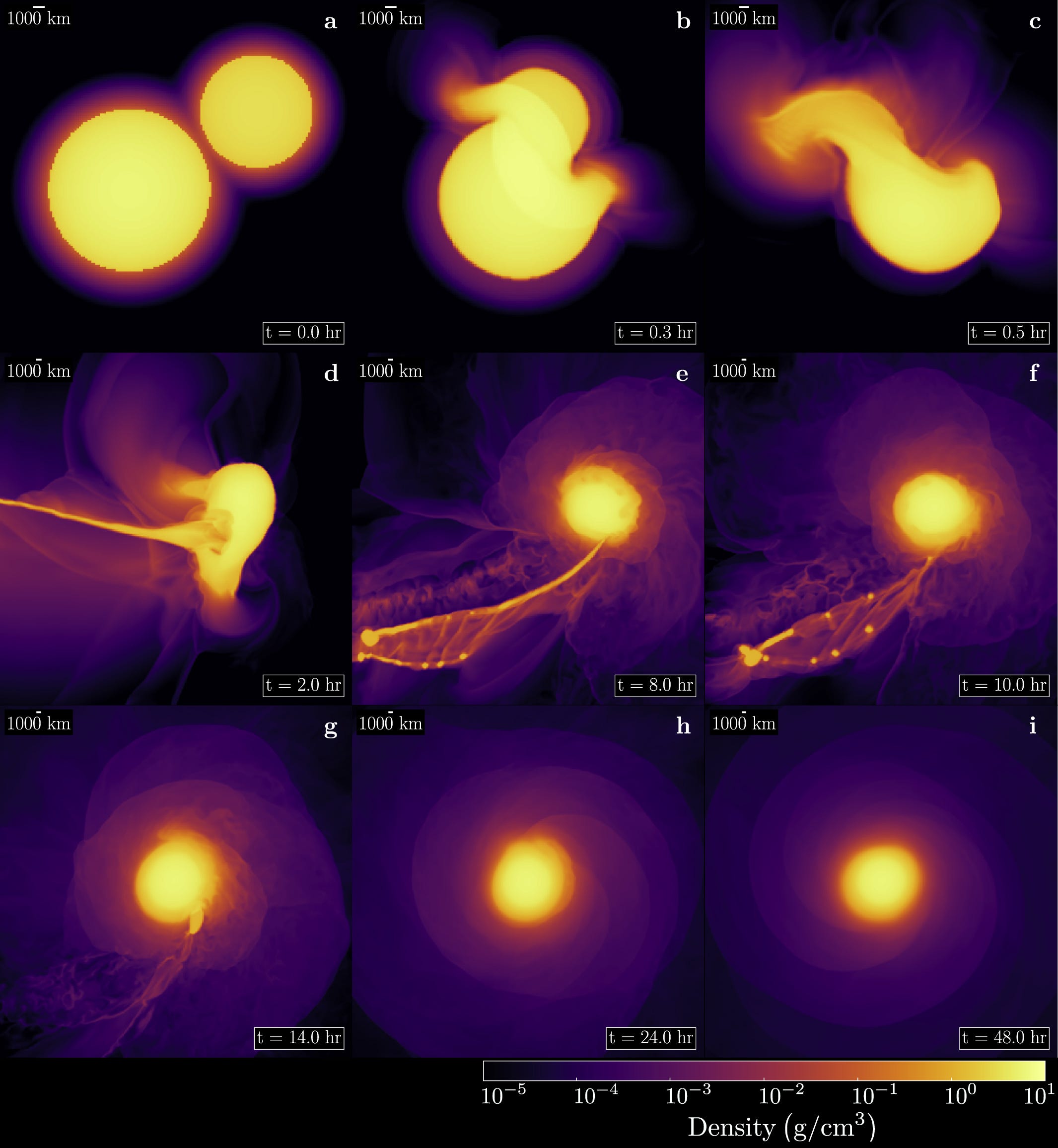Moon Monday Issue #1
The Moon may have formed in a hurry, NASA plans more robotic lunar missions, and other happenings in the lunar space.
Welcome to the first issue of Moon Monday, a newsletter by Jatan Mehta covering lunar exploration and science developments every week! 🌗
Highlight

NASA is seeking proposals to fly science instruments and technology demonstrations to the Moon as part of its CLPS program. Payloads finalized will be onboard yet-to-be-selected commercial lunar landers to Reiner Gamma in 2023 and the Schrödinger basin in 2024. NASA’s Science Mission Directorate will issue such a call for payloads every year going forward.
NASA is also seeking proposals for hardware onboard their Artemis missions that can aid in visual storytelling to the public. Examples of proposals to be evaluated are 360-degree cameras, virtual reality, 4K camera systems or other concepts that provide engaging imagery for viewers as missions roll.
Exploration

Ukraine becomes a member of the Artemis Accords, joining eight other countries. The Artemis Accords aim to establish a practical set of principles to guide cooperation among nations participating in NASA’s 21st century lunar exploration plans. Of the major space nations, Russia, China and India are notably missing from the list of signatories.
NASA will test two of its developing technologies this month on Earth on a Xodiac vertical takeoff and vertical landing system, which functions much like a lunar lander. One is a laser sensor onboard Xodiac called Ejecta STORM which will measure and map dust that’s kicked off due to the rocket landing. This data will help protect future lunar landers and even low-flying orbiters from hazardous moondust. The other payload onboard Xodiac is a low-cost sampling technology called PlanetVac which is set to go to the Moon in 2023, and on Japan’s MMX mission to collect samples from Mars’ moon Phobos.
Japan is conducting a joint study along with ISRO to determine the resource utility of the lunar poles, and develop technologies to explore it with a rover for long periods of time.
A new 3D simulation finds that extracting significant amounts of water ice from the lunar poles will be a power-hungry process, and that both efficient machine designs and selection of areas with good water ice content will be crucial for future habitats to make practical use of the extracted water.
Science
The Moon’s formation was more turbulent and fast-paced than previously thought, says a new study which accounts for the role of magnetic fields after a Mars-sized body supposedly impacted the newly formed Earth.

China’s Yutu-2 rover finds composition of rocks explored in the Von Kármán crater, where Chang’e 4 landed, to be not directly from the Moon’s interior as was hoped. These are instead rocks thrown away by impacts that formed craters nearby Von Kármán.
Scientists have published a comprehensive tectonic model that considers multiple stress-generating mechanisms for the Moon. It has implications for better understanding lunar evolution as well as tectonics across solar system objects.
Scientists have used high-resolution imagery from NASA LRO to quantify changes in lunar regolith thickness over time. The results have led them to propose that the migration of the giants outer planets must have happened 600 million years earlier than thought.
More Moon
The Moon Village Association is looking for Regional Coordinators who will lead their efforts in developing a global community around lunar exploration, with an eventual goal to have a shared human settlement on the Moon.
Here’s a curated Moon page to help people with no space background get into the lunar exploration party in the coming decade!
Like my work? Support me.
